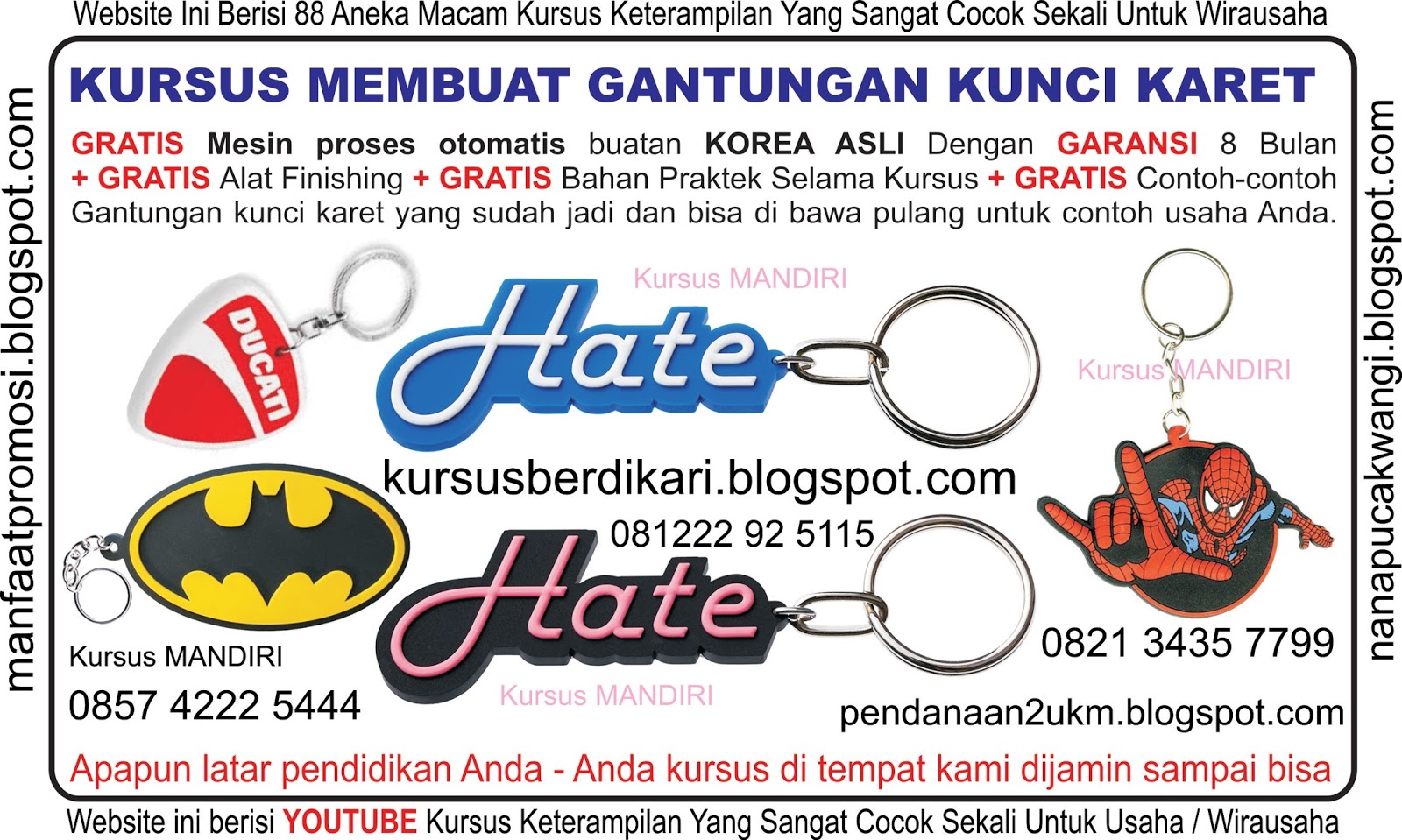

The porosity and gas storage capacity of the as-obtained framework was evaluated. Finally, we conclude with the perspective of new opportunities in synthesis and defect engineering.A porous covalent triazine-based framework (CTF) was prepared by a two-step strategy, where p-toluenesulfonic acid monohydrate (TsOH Photocatalysis of MIV-MOF is introduced as a representative example of their emerging applications. Particular emphasis is more » placed on defect engineering in Zr-MOFs which offers additional routes to tailor their functions. The unique properties of MIV-MOFs are discussed, including their high chemical stability and strong tolerance toward defects.

In this outlook, we start with a brief overview of the history and current status of MIV-MOFs, emphasizing the challenges encountered in their syntheses. Despite being a relatively new field, MIV-MOFs have attracted significant research attention in the past few years, leading to exciting advances in syntheses and applications. Group 4 metal-based metal–organic frameworks (MIV-MOFs), including Ti-, Zr-, and Hf-based MOFs, are one of the most attractive classes of MOF materials owing to their superior chemical stability and structural tunability. In conclusion, our discussion on the advancements and remaining issues of these production methods segues into several highlighted applications of MOF/fiber composites, especially within adsorption devices and protective gears. In this Review, we summarize recently reported MOF/fiber fabrication methods and applications. The ability to further tailor these composites’ shapes for incorporation into industrial equipment increases their more » potential in applications such as adsorption devices and protective gears. Among these hybrid materials, MOF composites prepared on commercially available textile fibers offer the high flexibility needed for important applications-such as heterogeneous catalysis, chemical sensing, pollutant removal, and drug release-while maintaining the functional properties of MOFs. Toward this end, MOF-based composite materials increase the framework robustness and subsequent utility.
#NITROGEN SORPTION MATERIALS STUDIO TUTORIAL FULL#
However, the poor processability of MOF powders limits their full potential in practical applications. The high chemical and structural diversity of metal–organic frameworks (MOFs), which are porous crystalline materials, has attracted significant academic and industrial interest. Here, this review more » will provide a historical overview of the development and applications of porphyrin-based MOFs from early studies focused on design and structures, to recent efforts on their utilization in biomimetic catalysis, photocatalysis, electrocatalysis, sensing, and biomedical applications. Porphyrin-based MOFs with atomically precise structures provide an ideal platform for the investigation of their structure–function relationships in the solid state without compromising accessibility to the inherent properties of the porphyrin building blocks.


Recent interest in using these functional molecules as building blocks for the construction of metal–organic frameworks (MOFs) have rapidly increased due to the ease in which the locations of, and the distances between, the porphyrin units can be controlled in these porous crystalline materials. Porphyrins are important molecules widely found in nature in the form of enzyme active sites and visible light absorption units. of Minnesota, Minneapolis, MN (United States) Sponsoring Org.: USDOE National Nuclear Security Administration (NNSA) USDOE Office of Energy Efficiency and Renewable Energy (EERE) USDOE Office of Science (SC), Basic Energy Sciences (BES) OSTI Identifier: 1677410 Alternate Identifier(s): OSTI ID: 1724297 OSTI ID: 1777838 Grant/Contract Number: NA0003763 SC0012702 EE0008816 FG02-08ER15967 FG02-03ER15457 Resource Type: Accepted Manuscript Journal Name: Faraday Discussions Additional Journal Information: Journal Volume: 225 Journal ID: ISSN 1359-6640 Publisher: Royal Society of Chemistry Country of Publication: United States Language: English Subject: 38 RADIATION CHEMISTRY, RADIOCHEMISTRY, AND NUCLEAR CHEMISTRY 37 INORGANIC, ORGANIC, PHYSICAL, AND ANALYTICAL CHEMISTRY 77 NANOSCIENCE AND NANOTECHNOLOGY NuMat Technologies, Skokie, IL (United States).BASF SE, Ludwigshafen am Rhein (Germany).Northwestern University, Evanston, IL (United States).


 0 kommentar(er)
0 kommentar(er)
